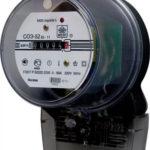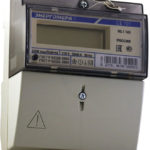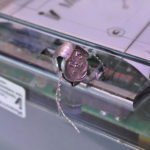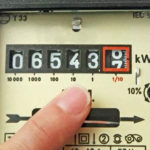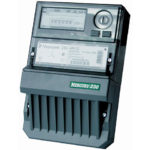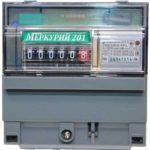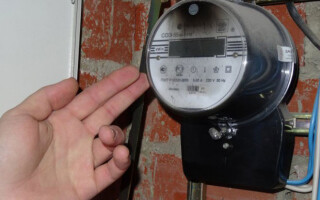All electrical equipment breaks down at some point. Electric meters are no exception. The difference is that it is a metering device, on which your relationship with the power supply or service organization depends. And while other equipment can wait, the meter must be diagnosed, repaired, or replaced as soon as possible. The cost of paying for electricity depends on the speed of the decision. Because it is cheaper to pay by the meter than by average norms.
Table of Contents
Types of faults in electric meters
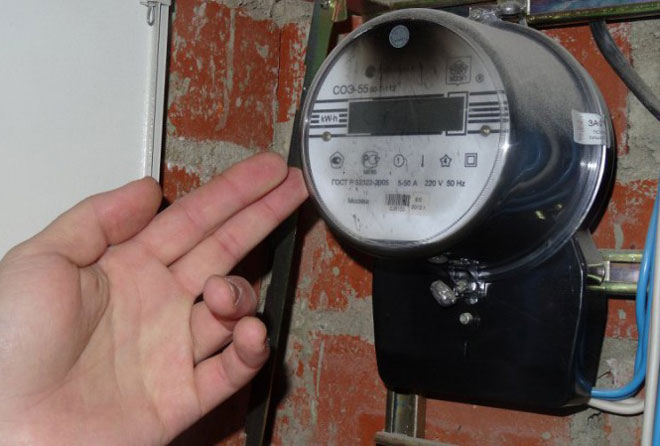
All electricity meters, without exception, have malfunctions. Household electricity meters come in three types:
- Induction meters are devices with a mechanical metering unit and an electromechanical mechanism of measurement and drive.
- Electronic meters - meters with an LCD (electronic) display and an electronic electricity metering unit.
- Hybrid meters are a symbiosis of the first two types, with a mechanical meter and an electronic meter.
Each type of meter has its own typical breakdowns and malfunctions.
Self-running induction meters
The common belief that induction meters "charge" less electricity is actually a misconception. The most common malfunction of induction meters is spontaneous disc rotation. In this case, nothing in the house is included in the power grid, but the disk rotates and readings run up. It is the design of the meter that is to blame.
It consists of two coils, a disc, worm and counting mechanisms and a magnet to slow down the disc. The disc is driven by the electromagnetic force of the two coils: voltage and current. The speed of rotation is proportional to the amount of current flowing through the current winding. The greater the load, the greater the electromagnetic force - faster the disk rotates.
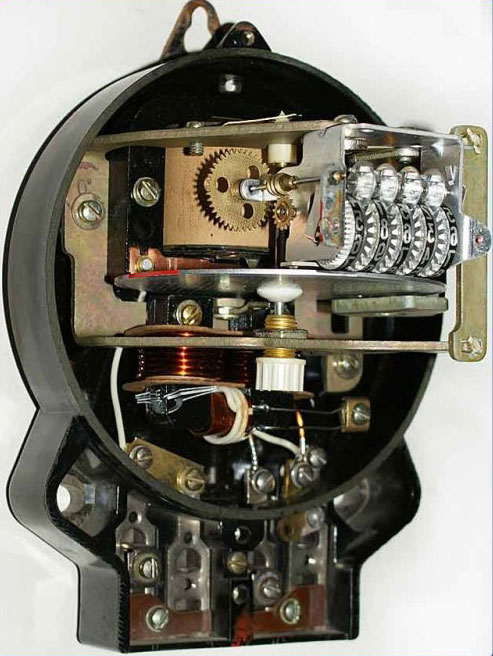
When the current coil is in good condition, the current coil no longer affects the disk, only the electromagnetic force of the voltage coil remains. But its effect is leveled by the magnet. Everything is turned off, the current in the meter is zero - the disk does not rotate.
Failure occurs if the disc shaft adjustment, magnet position, or a combination of these problems are broken. Even without a load, the disc rotates, winds up the readings and the owner pays for the energy not consumed. Detecting a self-running meter is very simple. You need to turn off all electrical appliances without exception and observe the meter. When the dial stops after a few seconds, it means that there is no self-running. But that doesn't mean the meter is working correctly.
All induction devices are obsolete morally and physically. Adjustments can be disturbed slightly and the electric meter will not work properly under load. You can determine the accuracy in the lab or by having a clamp meter to measure current and a stopwatch.
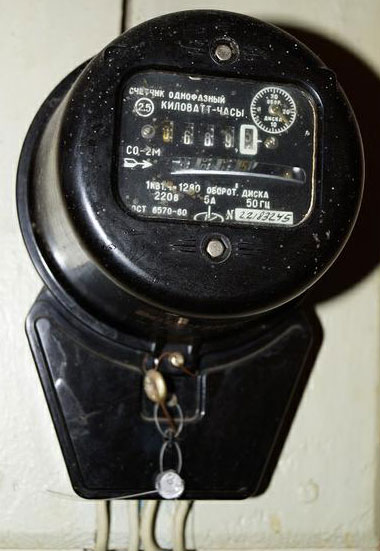
Meter won't turn
This and other malfunctions are common to all electric meters. Occurs for the following reasons:
- jamming of the disc shaft;
- jamming of mechanical counting unit;
- burning of contacts;
- Breakage of electronics;
- burnout of coil windings;
- a set of problems.
About the breakdown becomes known as a rule at the next reading. A seemingly pleasant surprise - a decrease in electricity consumption - can turn out to be a malfunctioning meter.
To check the meter's performance, you need to turn off a small load (e.g. lighting in one room) and watch the meter for a short while. If it doesn't spin and the reading doesn't change, it's time to scrap it. If the readings are changing, you will have to wait and compare with the monthly average. Failure (no readings) of the display is the same as stopping the electronic meter.
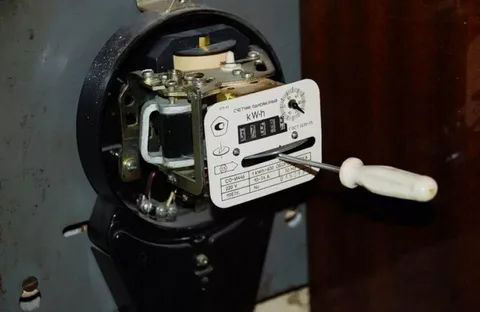
Mechanical damage to the housing and seals
Strangely enough, but with these malfunctions, the meter can work and properly count electricity. But damage to meters and seals are considered inadmissible for correct metering. In these cases, when checked by the meter reader, the meter will be deemed inoperative since the last inspection. You will be suspected of intentional damage and will be calculated according to the norms of energy consumption.
Warning. As soon as you discover mechanical damage or a violation of the meter's seal, you must immediately notify the power supply or management company.
If a seal is missing, be prepared to have the meter checked by a certified laboratory. The one with mechanical damage will have to be replaced.
Erroneous readings
Meter error is a disease not only of induction meters, but oddly enough of electronic devices as well. The owner should be suspicious if the meter readings fluctuate a lot from month to month, over- or underestimated lately. There is no reason for any changes, such as the connection of additional equipment or disconnection of commonly used equipment for long periods of time. In other words, the load has remained the same, but the electricity bill has changed.
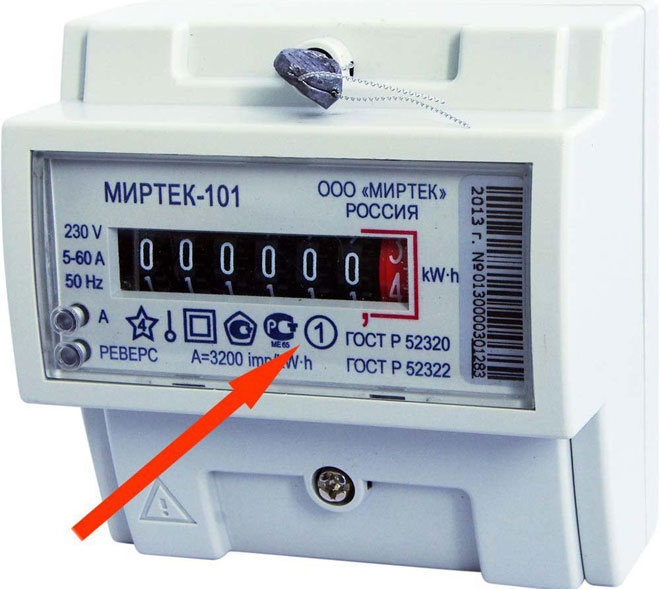
So you need to think about whether you or your own meter is cheating. Detecting such a breakdown is much more difficult for the average consumer. This can be handled by an experienced electrician or a special laboratory.
Important! The electrician will do it without touching the seals, and without removing the meter.
To do this, turn on a constant load, measure the current and determine the number of disk revolutions or LED blinks at a certain point in time. Then perform simple calculations, as a result of which it will become clear - whether the device lies or works properly.
If you have not found such a specialist, then your way to the power supply company. They can remove and check the meter themselves, or they will remove the seal and allow you to take it to the laboratory for testing.
What to do if your meter is broken
A broken meter shouldn't cause panic or any kind of anxiety at all. Of course, there will be troubles that will take time and money. You will have to go to the power company and most likely buy a new meter. That's okay, it's a common occurrence for controllers. The main thing is not to do anything yourself.
Important! Do not touch, much less remove the seals, do not try to repair or remove the meter yourself. There is no need to make the employees of the power supply company nervous, and they, in turn, will be sympathetic to you.
If you think the meter is a danger, be sure to disconnect the power supply to the meter. And contact your property manager or go straight to your local power company.
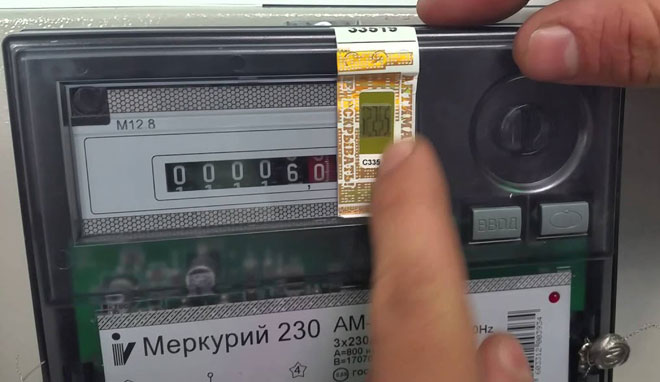
Where to go to file a claim
As soon as it is discovered that the meter is defective, call the power company and report the breakdown or your suspicions. You will then have to go to the power company yourself. They will ask you to write a statement. Then you will be informed of the date of the expected visit. You only need to wait for the employees and together determine further actions.
Important! On site, the inspector and the meter installer will inspect the meter and draw up a report. In it they must reflect the condition of the device, the integrity of the seals, readings and the date of drawing up. Observe carefully the actions of workers and at the slightest doubts do not hesitate to ask questions. Read the report carefully and sign it if you agree.
After the inspection, you will be offered to have the device checked or replaced with a new one.
How to pay for electricity consumption
If you have reported the problem to the electricity provider in good time, the electricity consumption will be calculated on the basis of the average monthly figure for the last 12 months. Within three months, you will need to have the meter repaired (buy a new one) and installed in its place.
Important! Only three months after the meter has been taken out of service will be calculated based on the average meter. After this period, you will be billed on the basis of the consumption standards.
Standards are calculated separately for each region of the country.
What not to do
Do not interfere with the operation of meters. Beating, tapping, removing seals and covers, trying to repair the meter yourself. Leave the inspection, disassembly and installation to professionals. Don't do anything without the permission of the utility company. This will save you nerves and money.
Who is allowed to change the meter?
Power supply companies have nothing to do with the electricity networks of residential buildings. They are only allowed to take periodic readings, inspect meters, remove and put on seals. All repairs and installation work must be carried out by management companies or organizations involved by owners united in HOA. Replacement of meters is no exception.
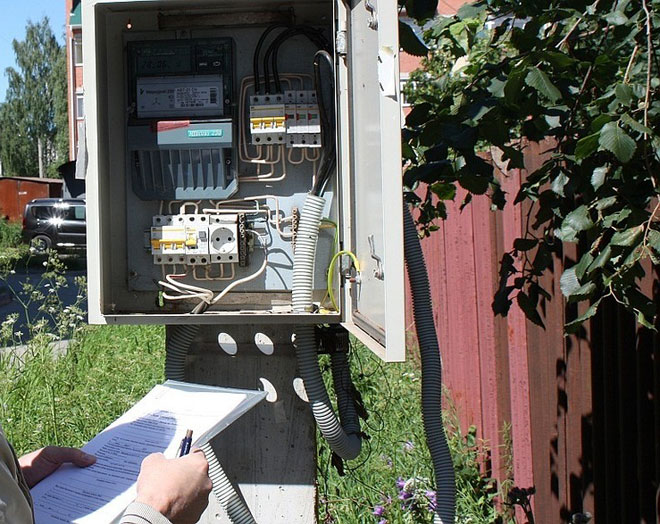
But not always in the service agreement between the tenants and the management company is discussed the dismantling and installation of meters. Usually only emergency work is included. Therefore, the service company will bill and ask you to pay a separate bill for the removal and installation of the meter.
Information! The District Electric Company and its supervisors do not care who replaces the meter. As long as the installation and connection are done correctly. Therefore, if you have the knowledge and skills, you can You can replace the meter yourselfYou can replace the meter yourself, call an electrician you know, or call a paid specialist.
After replacing the meter, call a meter supervisor who will seal it and draw up a certificate of commissioning the meter. It is necessary to keep the act and the passport. Despite the fact that there is an online record of the readings and the devices themselves, paper documents should be for backup. They contain data on periodic verification and service life.
Who pays for the replacement of the meter in case of a breakdown
The owner of the apartment will most likely have to buy a new meter. There are only two cases where others pay for the consumer:
- Power Supply Company - if the meter failed due to the fault of the supplying organization (burned out from voltage fluctuations). But this is difficult to prove.
- If the apartment belongs to the municipality, and you live under a social rent agreement. Then the owner pays for the replacement of the electric meter.
In other cases, the owner of the apartment, which is you, pays for the replacement and repair. It does not matter whether the meter is installed in the apartment, in the stairwell or in the stairwell. The obligation to install, verify and replace at your own expense is established by the Federal Law of 23.11.2009 N 261-FZ as amended on 29.07.2017.
Now you know what to do if the electric meter stopped or broke, and who has to replace it. As you can see, there is nothing scary about it. It will take some time and money to buy and replace the meter. The main thing is not to do anything without the permission of your power supply company.
Related articles:
